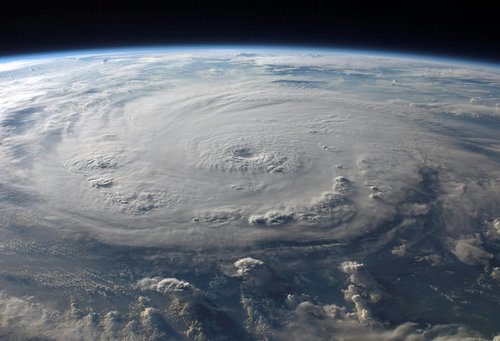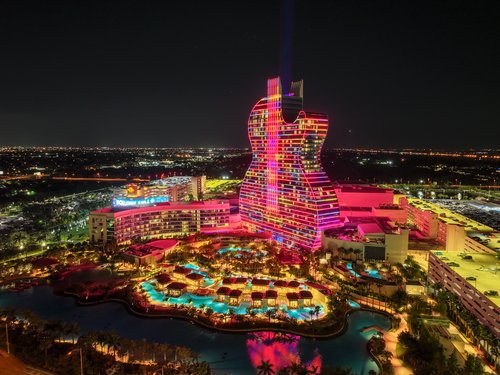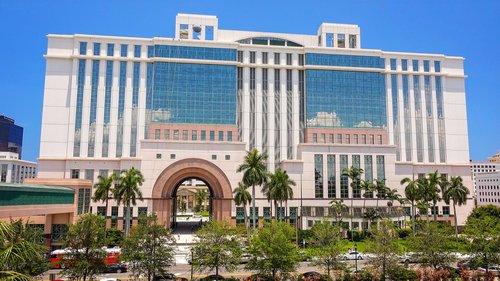12.06.2024
Laminated glass traces its roots to a French chemist, Édouard Bénédictus, who in 1903 discovered a plastic interlayer that stuck to two pieces of glass. Even when the glass was broken, the interlayer held the glass together. Although laminated glass was not commercialized until the 1930’s, this Aha! moment has led the way for many exciting uses of safety glass.

The Early Years –Safety at the Forefront
Prior to 1998, the most common laminated glass interlayer was an extruded resin of polyvinyl butyral (PVB). PVB was developed in the early 1930s by a joint R&D program consisting of scientists from DuPont, Libbey-Owens-Ford Glass Co., Monsanto, Pittsburgh Plate Glass (PPG), and Carbide and Carbon Chemicals Corp. (Union Carbide). This material was flexible and durable, a safety upgrade to plate glass windshields. Laminated glass fabricators bonded two plies of glass together with PVB to create a monolithic unit that retained broken glass particles after breakage.
In 1966, twenty-eight years after the first automotive safety glazing standard was passed, the ANSI Z97.1 standard for glass in buildings was published. It was followed by the 1977 adoption of the Consumer Product Safety Commission (CPSC) federal regulation 16CFR 1201.
The CPSC standard specified a shot bag filled with one hundred pounds of lead shot as the test impactor. Category I glazing was tested at a drop height of eighteen inches and Category II glazing was tested at 48 inches. The standard was primarily focused on glazing in doors, glazing adjacent to doors, and in specific cases, glazed panels. Either tempered or laminated glass could be used to comply with the standard as a means of reducing cutting or piercing injuries.
The ANSI Z97.1 standard and the 16CFR 1201 regulation are now part of the International Building Code Chapter 24. In addition, to the hazardous locations mentioned in the standard, the building code now contains a section on glazing in guards and railings that requires laminated glass.
Introduction of the SentryGlas® Interlayer
While safety glazing standards were designed to protect people, there were no standards to protect property subjected to extreme weather until a powerful, extremely destructive Category V hurricane hit South Florida in 1992. Hurricane Andrew destroyed more than 63,000 homes and damaged more than 124,000 others. It was one of the costliest hurricanes in U.S. history.
The initial solution to solve the glass breakage problem was laminated glass. If the glass could be retained, even if broken, structures could avoid the buildup of internal pressures and the entry of water. Unfortunately, the flexibility of PVB, a characteristic that worked so well for safety glazing, was a detriment to a large missile testing protocol for glazing within thirty feet of grade that called for impacts from a 9-pound 2 x 4 timber, followed by 9,000 positive and negative cycles of pressure. DuPont scientist Dr. Anthony Smith quickly recognized that a stiffer interlayer was needed, and that’s where SentryGlas® ionoplast interlayer found its first application.
At that time, it was known as SentryGlas® Plus (SGP) to reflect the added performance it offered over a PVB composite that was called SentryGlas®. Years later, the “Plus” was dropped and the product has been known ever since as SentryGlas® or SG® interlayer. This is the 25th Anniversary of this amazing interlayer and its use in laminates providing safety in impact systems around the world.
Certification of Hurricane Systems with SentryGlas®
Unlike other testing requirements for glass and glazing, certification of products in South Florida became mandatory right from the start. Successful testing enabled the issuance of a Notice of Acceptance (NOA), which meant the system was suitable for installation. The certification component not only ensured confidence in product quality, but it gave homeowners and building managers a sense of security that their properties could survive a hurricane.
The ionoplast interlayer was tested in a variety of residential and commercial systems, and became a well understood interlayer offering excellent performance and quality. The 35-mil product was used in small missile systems, 90-mil was typically used for large missile areas, and 180-mil interlayer was required for systems requiring enhanced performance compliance. The make-up of the systems was transparent—all details shown on each system’s NOA.
Crawford-Tracy Glass Corporation, a turnkey glazing contractor in Deerfield Beach, FL was a leader in the development of impact systems. According to Company President Ray Crawford, “In the early days, we spent a considerable amount of time testing systems to meet the impact and cycling requirements established by Dade County. Ultimately, the SentryGlas® interlayer emerged as the best solution to pass the large missile test followed by cycling. He notes, “We have not seen any delamination from the SentryGlas® laminates since we began installing the product.”
Today there are thousands of projects that utilize impact systems for hurricane protection in Florida. These projects range from schools to hotels to hospitals to government buildings. Ray Crawford noted that his company has provided impact glazing systems to hospitals throughout Florida. They are also a supplier of glazing to essential facilities that require a higher level of impact testing.
Both new and existing buildings have benefited from impact systems. The first three stories of Porsche Design Tower, a fifty-seven story ultra-luxury structure situated on beachfront land in Sunny Isles, Florida, used 90-mil SentryGlas® interlayer for large-missile impact protection. A 35-mil SentryGlas® interlayer was used for small missile impact. In addition, exterior balcony railings were also glazed with laminated glass.
The Judicial Center and Courthouse, West Palm Beach, FL is an example of a 12-story building renovation where the existing façade frames were modified to incorporate new large missile glazing. The upgraded system used a reflective coating on the outside surface of an insulating glass unit and a 90-mil SentryGlas® laminated on the inboard.
The Future
The twenty-five year history of SentryGlas® has had a significant impact on the use of laminated glass in the hurricane market. The stiffness and strength of this product has enabled the development of windows and doors, storefronts, and curtainwall systems that offer 24/7 protection against extreme weather events. The result has been safer living and working environments that do not require boarding up or the deployment of shutters if a weather alert is issued. Building interiors are protected against water and wind infiltration and maintain a view to the exterior.
Author: Valerie Block




Keep up with the very latest news in laminated glass innovations and procedures by subscribing to our free Laminated Glass News.
Subscribe here